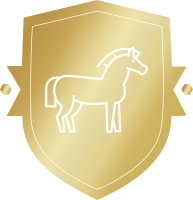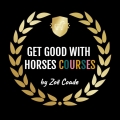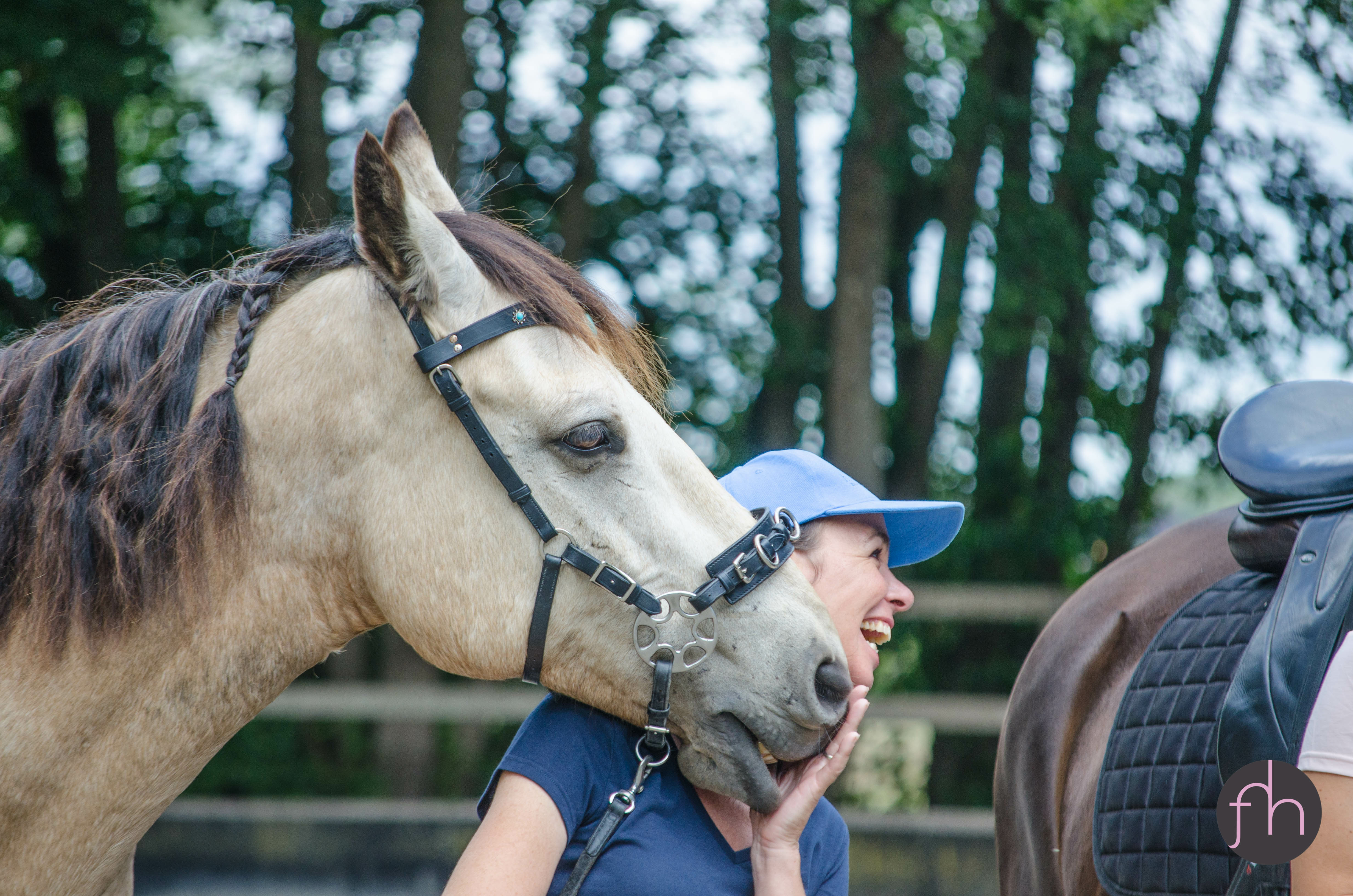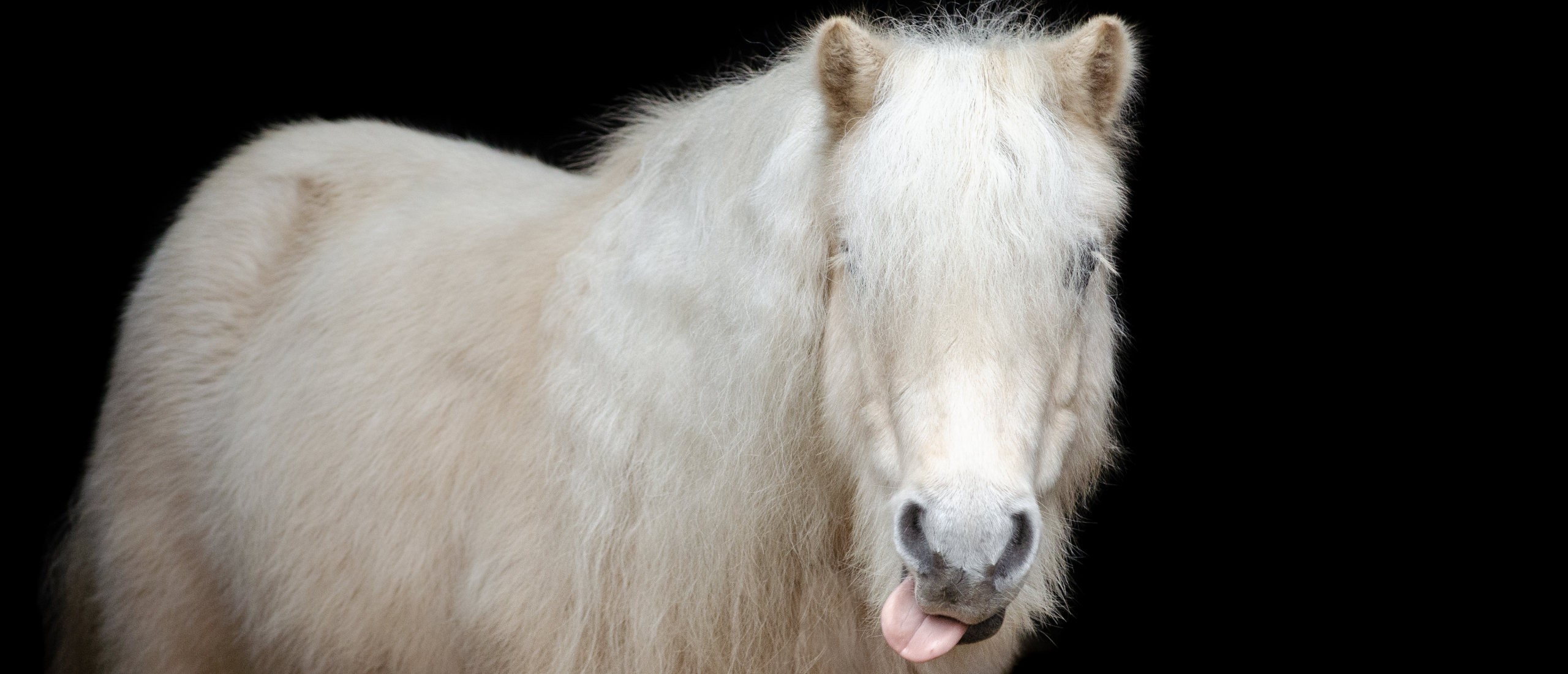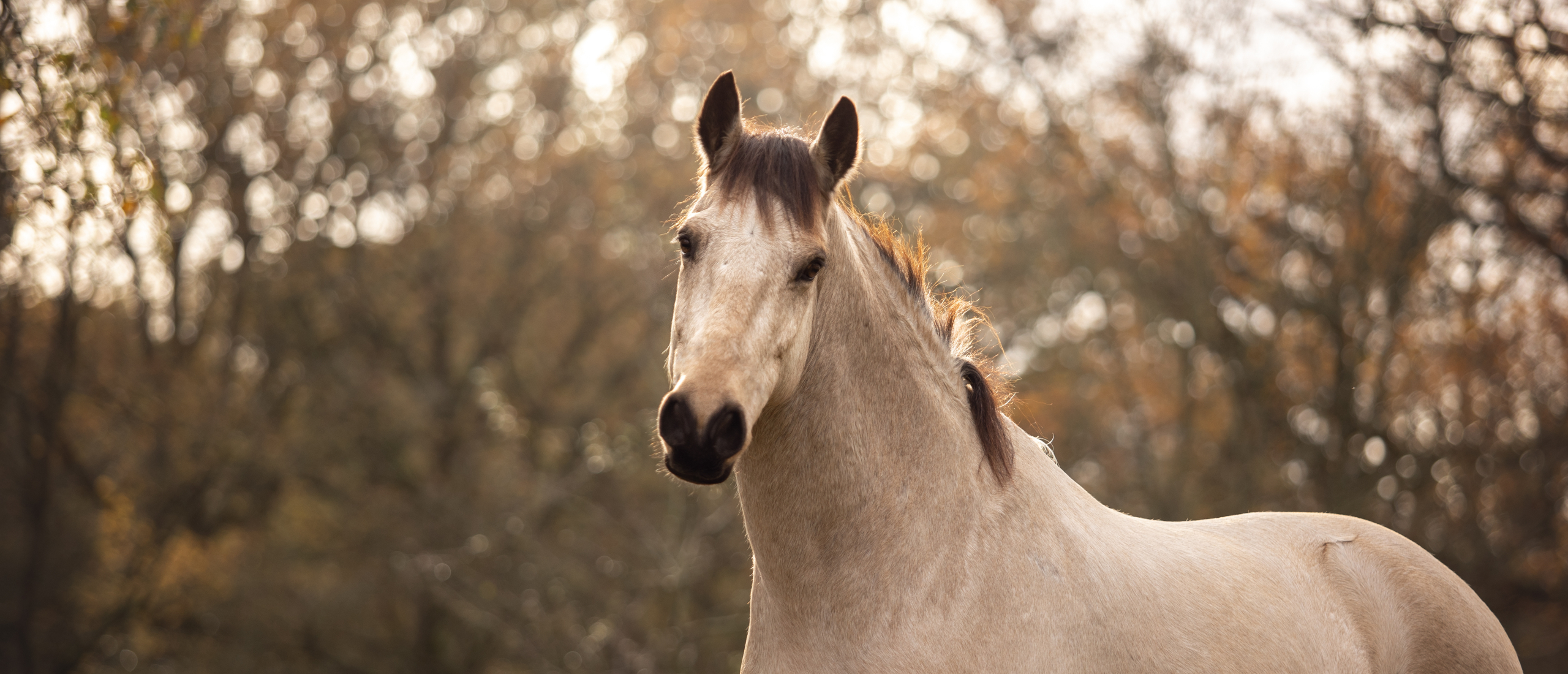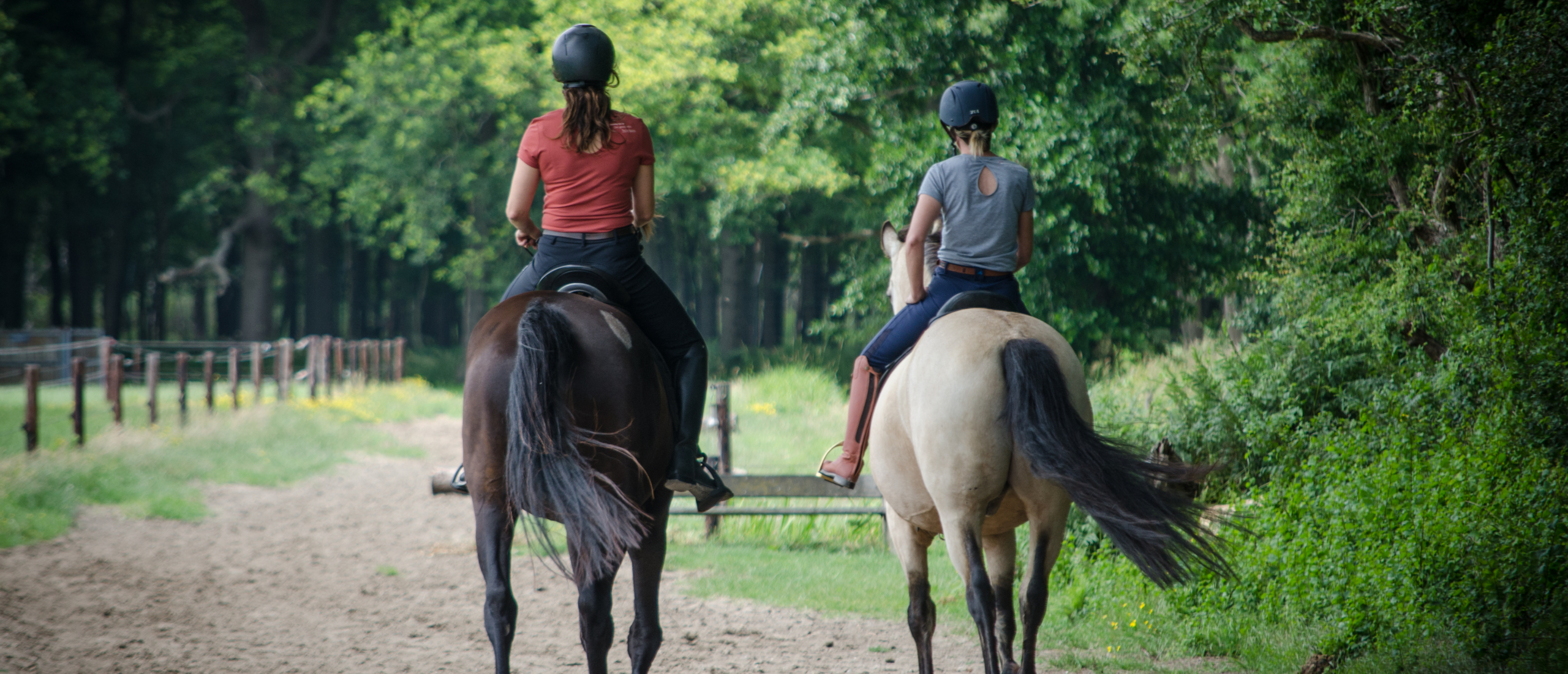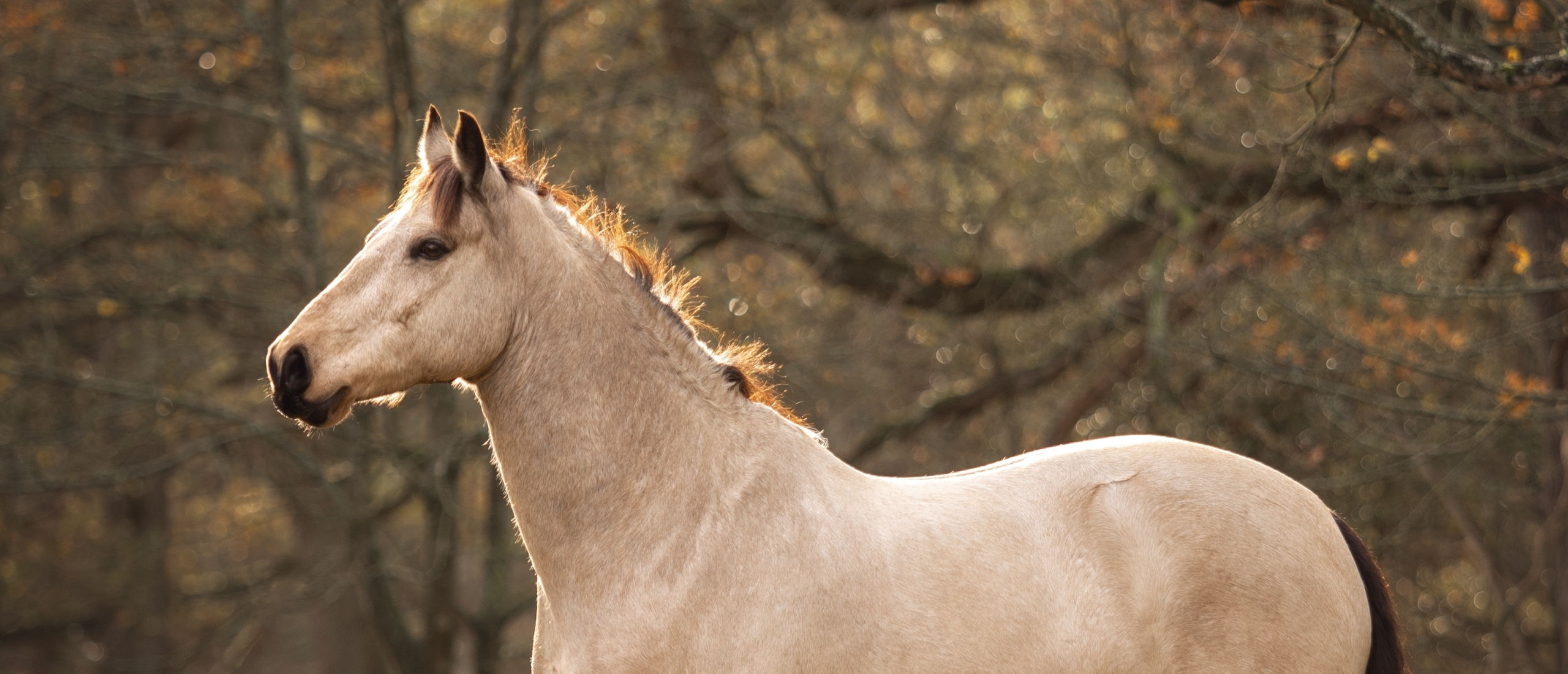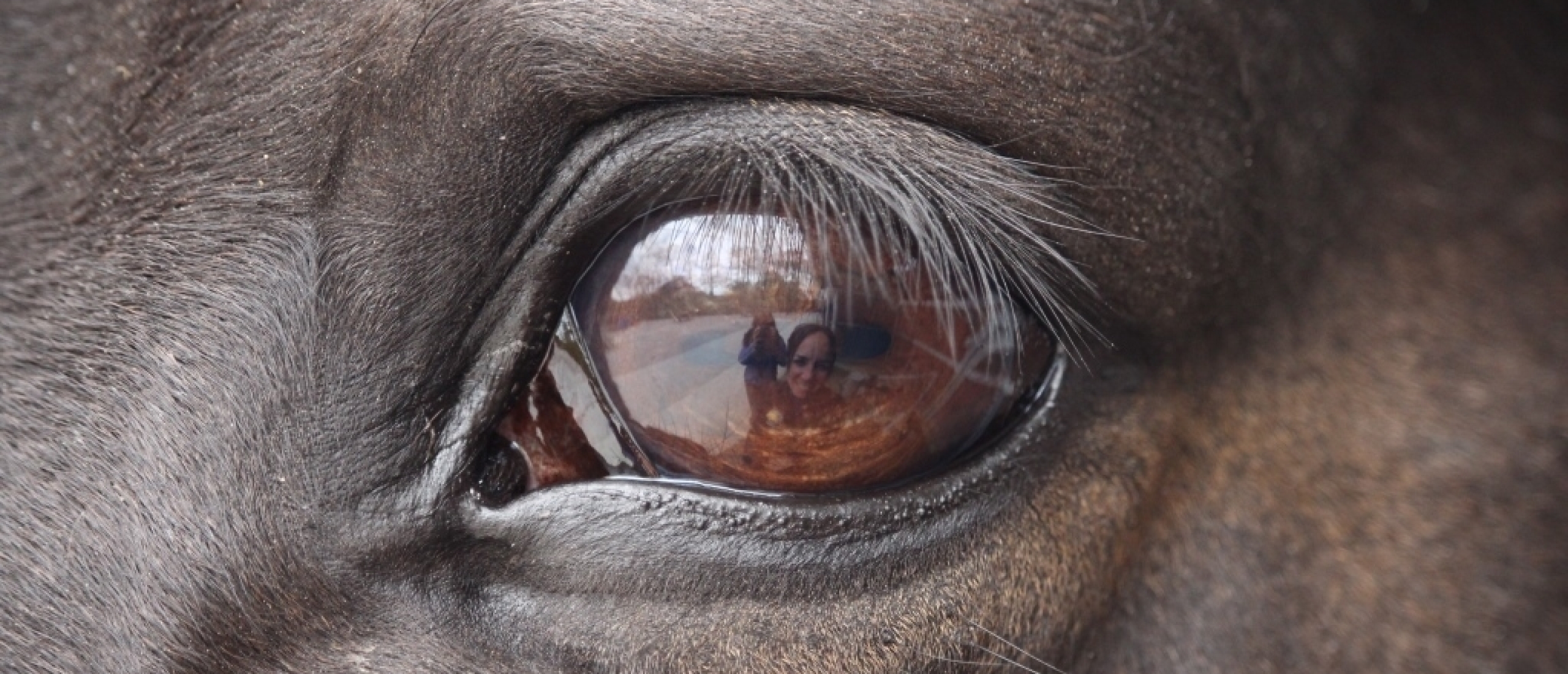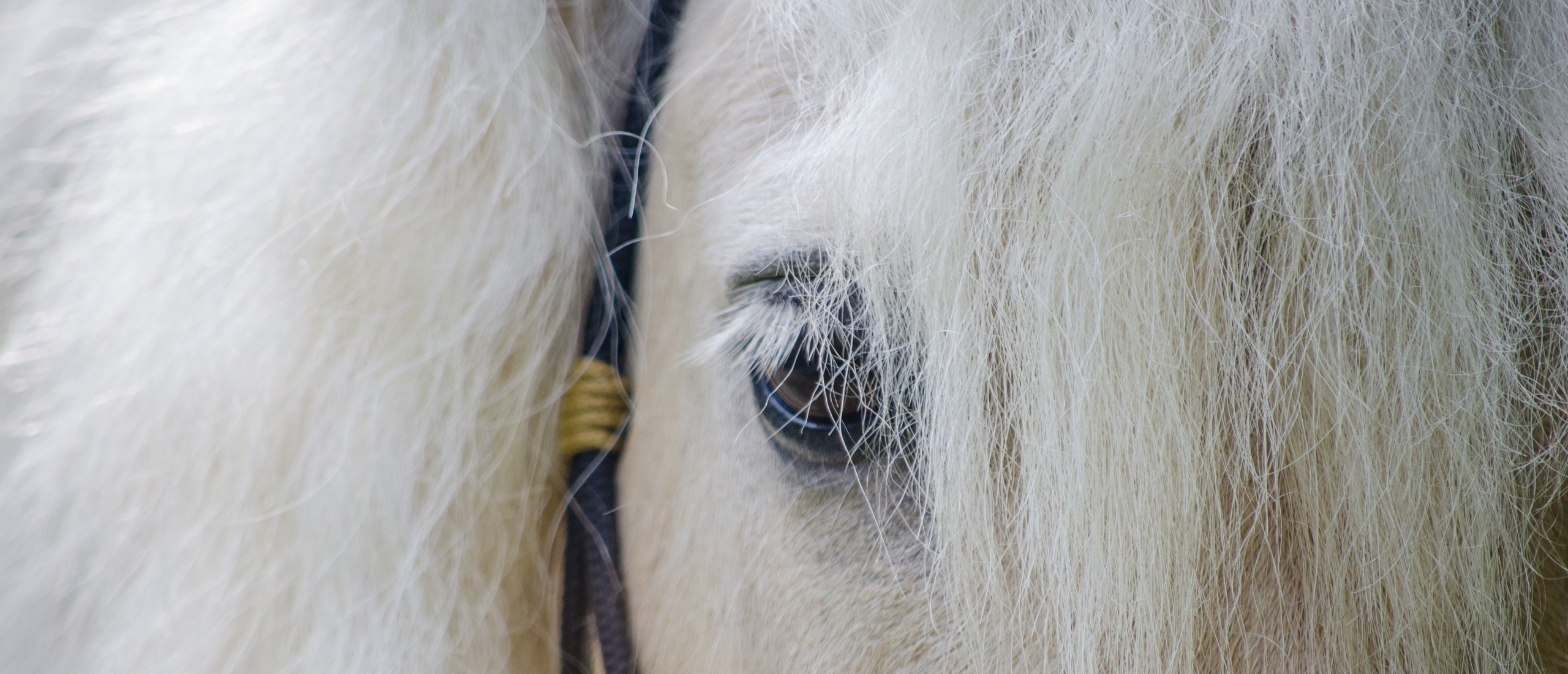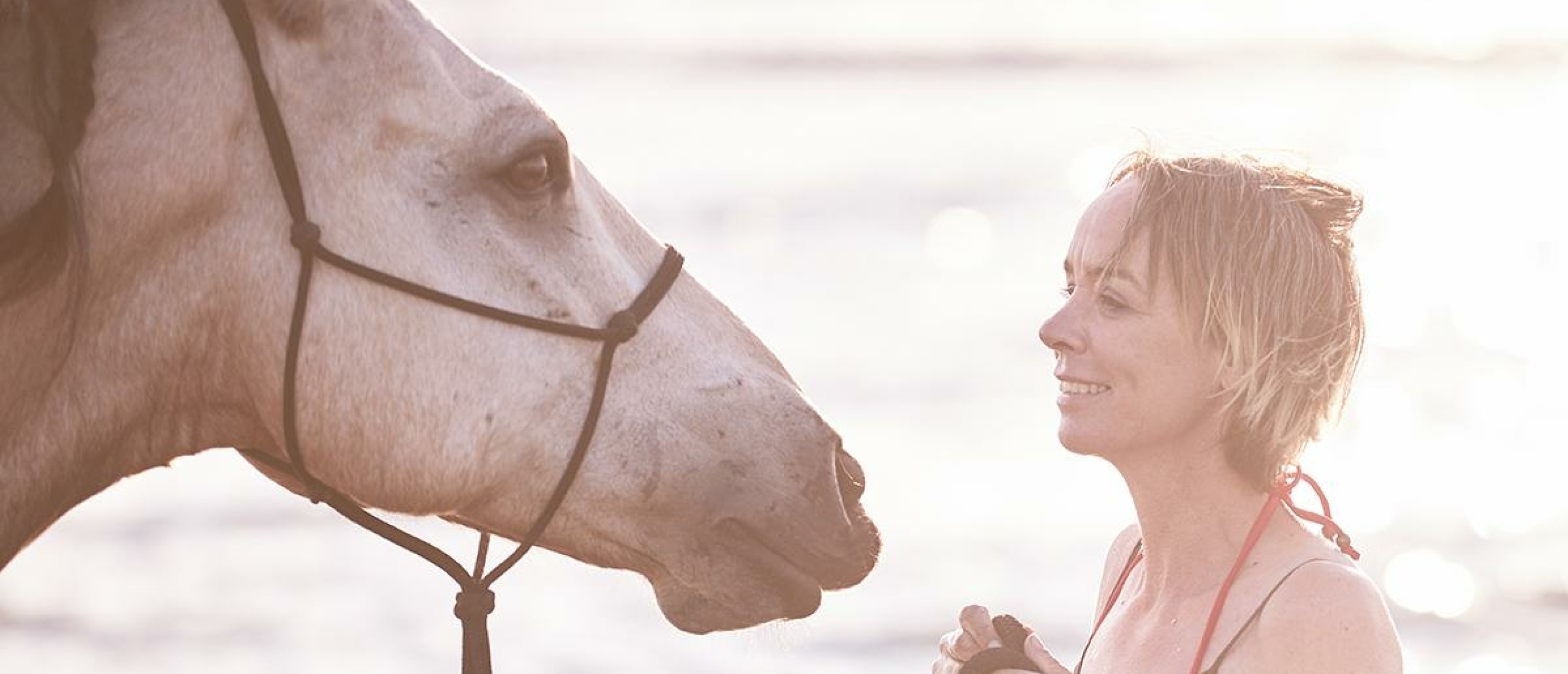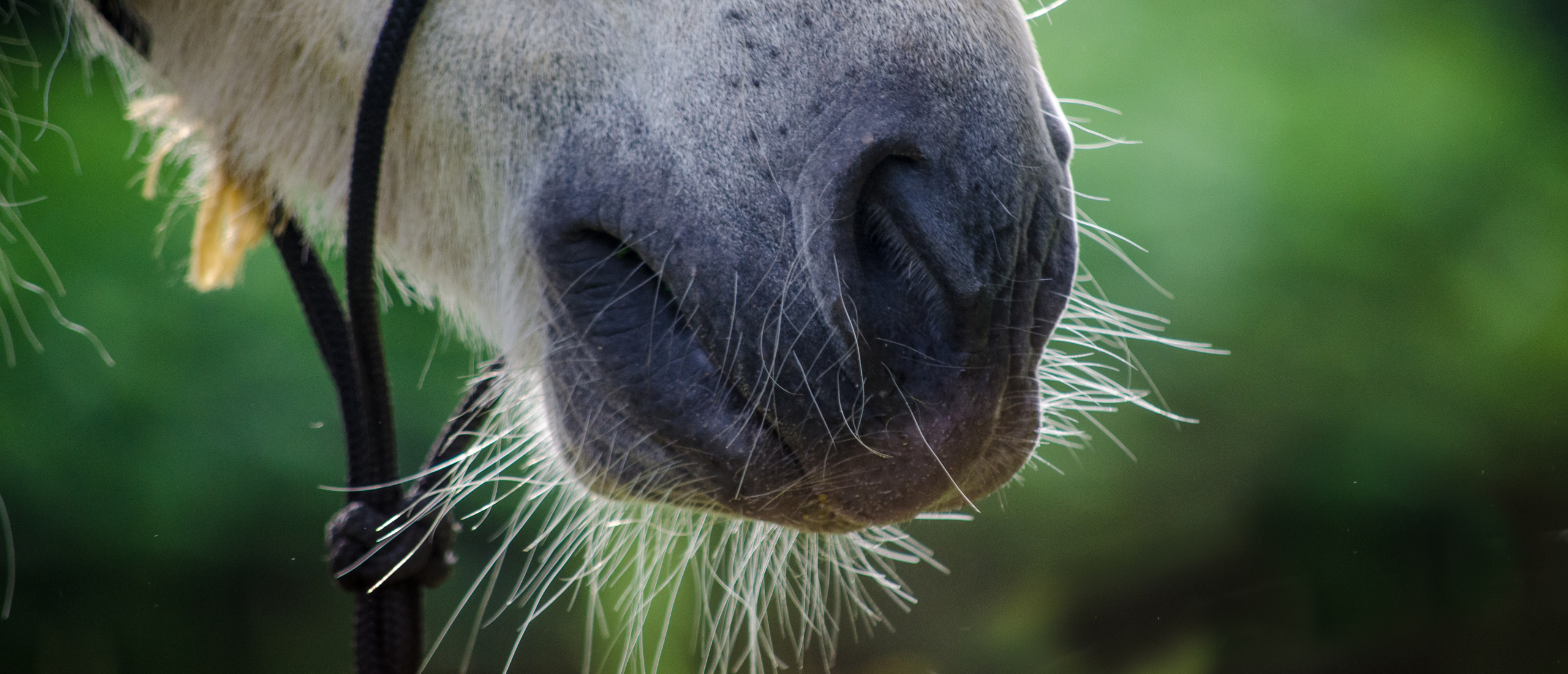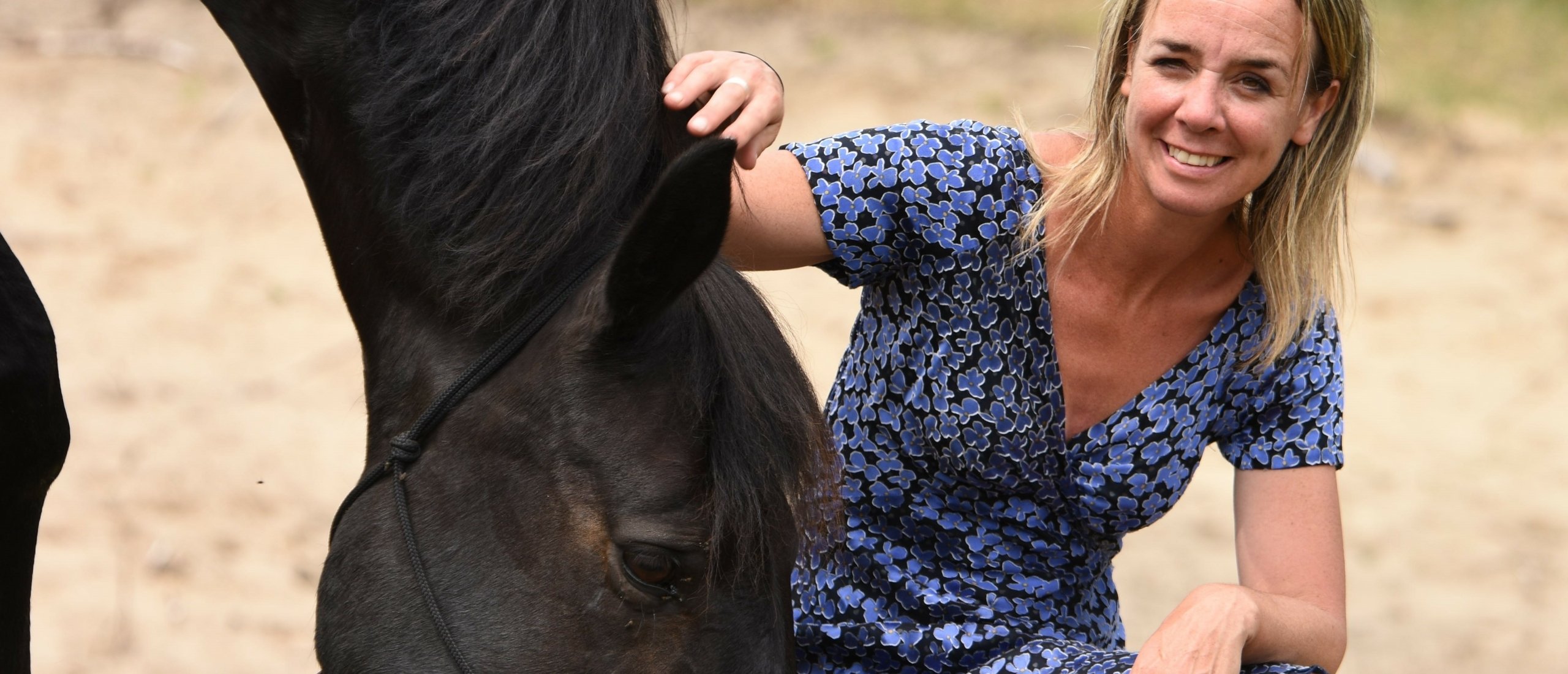
14. HOW to get good with horses...
Let’s clear something up straight away - “Get Good with Horses” isn’t just a catchy brand name. It’s not just something that rolled off my tongue one day (though, to be fair, it kind of did). It’s a mission. A mindset. A movement, even. And it’s definitely not about perfection. It’s about progress, partnership, and personal responsibility in your horse journey.
I want to share how that name came about and what it really means, because the deeper meaning often gets missed and occasionally misunderstood.
YES, YOU CAN GET GOOD WITH YOUR OWN HORSE
Some people wait literal years for a professional trainer to fix their horse. And hey, having a good trainer is great. But here's the thing: even if your trainer is world-class, it won’t stick unless you know how to carry it on.
Horses default. That’s not a design flaw, it’s nature. If the communication, timing, and understanding don’t come from you, the horse just goes back to what it knows.
The fancy training fades. Why? Because your horse is a reflection of you. Not just emotionally, but also in terms of knowledge, consistency, and communication.
YOUR HORSE IS YOUR MIRROR
Every time I say this, someone winces: “My horse is bucking… are you saying that’s me?”
Well… yes, sort of. Not in a judgmental way, but in an empowering one. Where your knowledge ends, your horse's confusion begins. That’s not bad news. That’s your invitation to grow.
BASICS IS NOT A DIRTY WORD
Let’s talk about the B-word. Basics.
Some people act like “working on the basics” is a downgrade. Like it's something to be ashamed of. But basics are the ABCs your horse needs before you start writing sonnets together. Basics are your foundation, and that foundation lasts a lifetime.
Can your horse:
- Walk calmly with you on a lead?
- Load willingly?
- Stand for the farrier?
- Accept vet care?
- Be brushed without stepping on your foot?
If not, that’s where you begin. Because if you can’t lead, how do you expect to do lateral work in trot without a shit ton of force?
FANCY DOESN’T MEAN FUNCTIONAL
Let me tell you a story. I once watched a rider I admire - legit beautiful rider, riding big, impressive movements. Then I saw them try to lead that same horse to the truck. Two people on each side, lunge lines, chaos. At one point, the horse reared and skinned its hind leg trying to load. No one even blinked. It was business as usual.
And I thought: how did we get here?
This is what happens when we chase performance without building partnership. What’s worse is many don’t even realise there’s another way. The are blind to it.
GETTING GOOD TAKES TIME… AND IT’S WORTH IT
In my Online Training Academy, I help people build the kind of partnership where horses say, “Yeah, I get you. Let’s do this together.” I upload fresh content when it is available. We have a safe community space I call the Social Gym (think of it as mental and emotional squats for you and your horse), and it’s all focused on getting good from the ground up.
A LITTLE HORSE NAMED MARQUES
Let me introduce Marques - a drop-dead gorgeous Lusitano x PRE, four years old and built like an Instagram dream. When he arrived, he didn’t know how to stand still for a single second. He had lived in a box and was let out to explode with people chasing him with plastic, no less. That was his “exercise.”
I couldn’t even halter him without tippy toes and tactical rope moves. But slowly, using calm repetition and zero gimmicks, he learned to drop his head, pick up his feet, and eventually—willingly—put his nose in the halter.
Yes, there were kicks aimed at me. No, I didn’t lose my cool. I taught. I showed him a better way. That’s the difference between managing a horse and actually reaching one.
ACCIDENTS, WORMS, AND A CASE OF THE PEE-PEE PROBLEMS
At one point, Marques had a fall and needed stable rest. That turned him back into a firecracker. But even in the box, I kept training. We worked on being touched, standing still, even getting him comfortable with having his belly and sheath handled.
It wasn’t easy. I suspected some residual trauma from a late castration and untreated fascia tension. But over time, he not only let me touch and clean that area—he enjoyed it. That’s the magic of not pushing too hard, staying consistent, and explaining the “why” to the horse in their language.
SOMETIMES HORSES JUST NEED TO RUN
Marques reminded me that not everything needs to be about control. Sometimes horses need to let loose and be horses. After a run, they’re more willing to listen. And when we teach, instead of force, the good stuff starts to stick, sometimes forever.
TRAINING THAT LASTS A LIFETIME
One day, you look back and realize it’s been a year since that problem last showed up. That’s the reward of consequent, mindful training. The things you reinforce gently, consistently, and clearly, those become your horse’s habits.
WHEN SOMEONE MOCKS YOUR MISSION
Here’s the part I didn’t expect. One day, someone at the yard said, “Get Good with Horses? Wow. Who do you think you are?”
I smiled politely. But inside? I burned.
Because they didn’t know the mission. They didn’t understand that “getting good” is not a claim, it’s a commitment. It’s an invitation to grow, for both horse and human.
And maybe they’re reading this now. Hi. Still smiling.
THE TRUTH BEHIND THE NAME
Getting good with horses is about:
- Knowing that the basics are already advanced
- Seeing through the shiny performances to what’s really going on
- Taking responsibility for your part in the partnership
- Knowing better, so you can do better
- And giving your horse the gift of clarity, safety, and understanding
You don’t need a gold medal to be “good.” You just need to show up, stay curious, and never stop learning.
And in the end, if your horse thinks you’re great? You’ve already won.
🌐 Learn with me from today HERE
📲 Follow me @getgoodwithhorses on Instagram, Facebook & TikTok.
And remember, if you're ever stuck, unsure, or just need clarity, reach out. I'm here to help.
Thanks for reading and as always, keep getting good with horses. 🐴
🎧 Listen to the related podcast:
